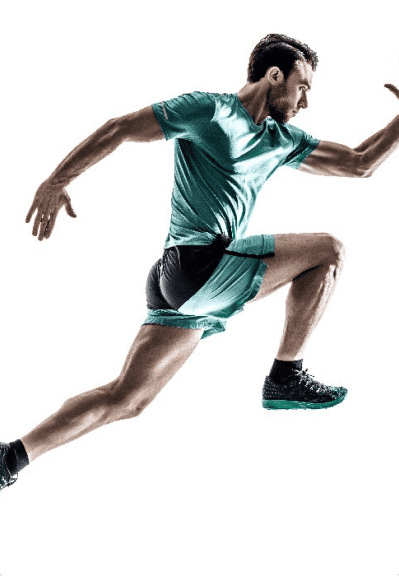Hamstring muscle strain injuries are the most common non-contact injuries in sports that involve sprinting, acceleration/deceleration, rapid changes of direction and jumping. There is a 30% recurrence rate with hamstring strains. Hamstring muscle strain injuries are characterised by acute pain in the posterior thigh. They range in severity from small muscle fibre tearing and slight loss of function (Grade I), through to complete rupture of the muscle and complete loss of function (Grade III). The Hamstring muscle group is made up from 3 muscles. The 2 medial muscles are Semitendinosus and Semimembranosus, and the lateral muscle is Biceps Femoris. 80% of Hamstring muscle strains occur in the Log Head of the Biceps Femoris muscle.
Two main mechanisms for hamstring strains
- High Speed Running: commonly strains Long head of Biceps Femoris. Shorter recovery times
- Extensive Lengthening: commonly strains more proximal Semimembranosus. Longer recovery times.
The risk factors associated with hamstring strain are age, previous hamstring strain, flexibility of the hamstring or opposite hip flexor, inadequate hamstring strength and fatigue. Patients who report taking more than 1-day to walk pain-free following injury were likely to take longer than 3 weeks to return to competition


